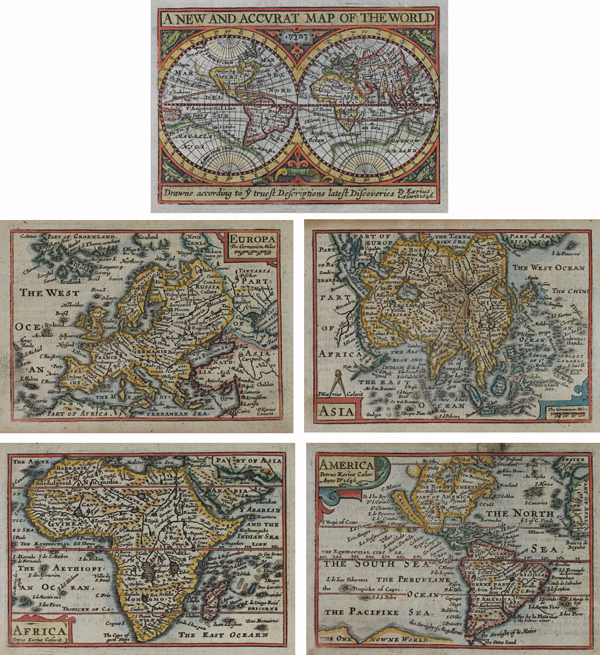
That difference is really important because it makes it a tool to use to identify and source partners and technologies that align with a long-term vision, and helps to avoid ‘shiny thing‘ syndrome when the next cool startup walks in the door. By focusing on what capabilities are needed, not who is providing them, it is not constrained by what’s known now. It just focuses on what is needed to achieve an optimal future experience. It presents a holistic view of the entire service experience whether it is built and provided by you or a partner is irrelevant at this point in time. It’s a less structured view than a customer journey map as it can jump in and out of an ecosystem of supporting services and expose services that don’t exist yet – be they explicit to the customer or as integrated capabilities. The traditional approach: drawing connections between the customers, partners, internal and external tools, systems and services Imagining what your ecosystem will make possibleĪ very different way to approach this is to visualise a futurestate ecosystem - in the context of a future customer’s experience. As part of a futurestate design programme we will use these to map what’s there but we recognised a long time ago that they were not useful as a storytelling device nor as a way to make proactive investments in what the future business can become. Mapping is a useful exercise, as part of the current state mapping, but it’s a pretty abstract representation. Updated regularly, ecosystem maps help the business take stock operationally. They can help to streamline processes and better understand connected data-flows across and between business ‘units‘, and can identify where the company’s resources are being well, or poorly, used. When we create them, we’ll often include collaborators, regulators, suppliers, competitors and anyone else that has an influence on the business at hand.

Mapping the components of your ecosystemĮcosystem maps allow businesses to see how all their tools, platforms and services are connected across the business. This article outlines a technique that enables a more proactive approach to identifying partnership opportunities – by visualising a futurestate experience that will need them. In my experience, a key component of ensuring that ecosystems are harnessed to their maximum potential lies in how they are envisioned and articulated. This mapping provides a clear view of partnership opportunities, but it tends to be very reactive (’come and pitch to us’) and, therefore, unpredictable.Įcosystems are always rich with tempting opportunities, and can lead to a focus on easy wins instead of future-focused opportunities: big leaps that create the most value for tomorrow’s customers. The mechanics of making an ecosystem work are getting better and better, and plenty of time is being invested in mapping available 3rd party partnerships, technologies, channels, and the integrations they require. Progress is definitely being made in developing new tools and processes to onboard new partners (to speed up delivery to customers). Big companies are becoming more open (and open-minded), and the startups they are looking to work with are becoming more focused on plugging in to them easily. 21.Both sides of this equation are working hard to realise ecosystem opportunities. No guarantee, warranty or representation of any kind is made regarding the completeness or accuracy of descriptions or measurements (including square footage measurements and property condition), such should be independently verified, and Compass expressly disclaims any liability in connection therewith. and/or other countries.Ĭorporate Responsibility, Privacy & Legal Notices: Compass is a licensed real estate broker, licensed to do business as Compass RE in Delaware, Idaho, New Jersey, Pennsylvania and Tennessee, Compass Real Estate in Washington, DC, Wyoming and Idaho, Compass Realty Group in Missouri and Kansas, and Compass South Carolina LLC in South Carolina.


Do Not Sell or Share My Personal Information, Terms of Service, Privacy Center, Responsible Disclosure, Compass is an E-Verify employer, Notice for California Applicants, California COVID-19 Rules of Entry, and Your CA Privacy RightsĬOMPASS, the Compass logo, and other various trademarks, logos, designs, and slogans are the registered and unregistered trademarks of Compass, Inc.


 0 kommentar(er)
0 kommentar(er)
